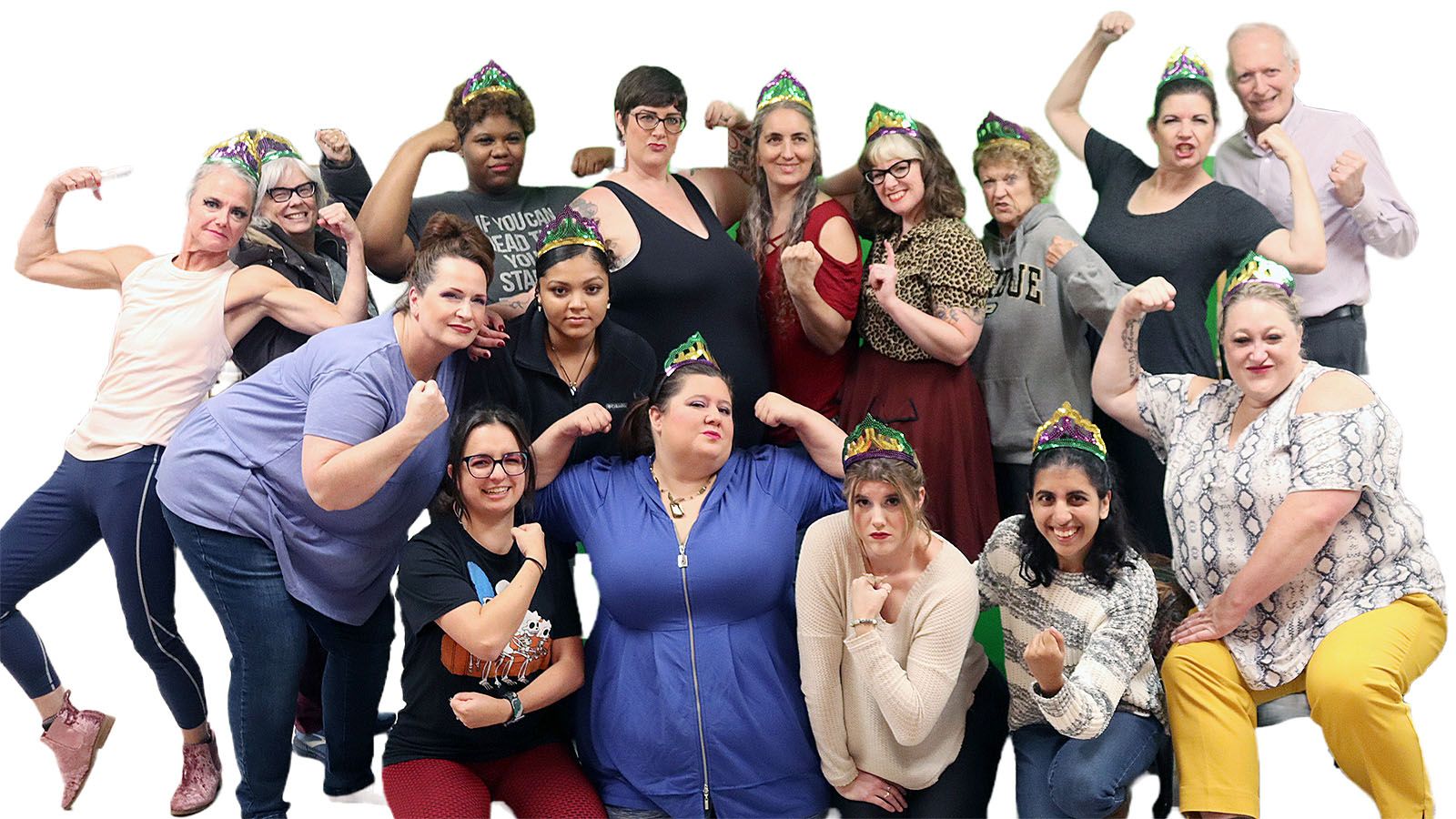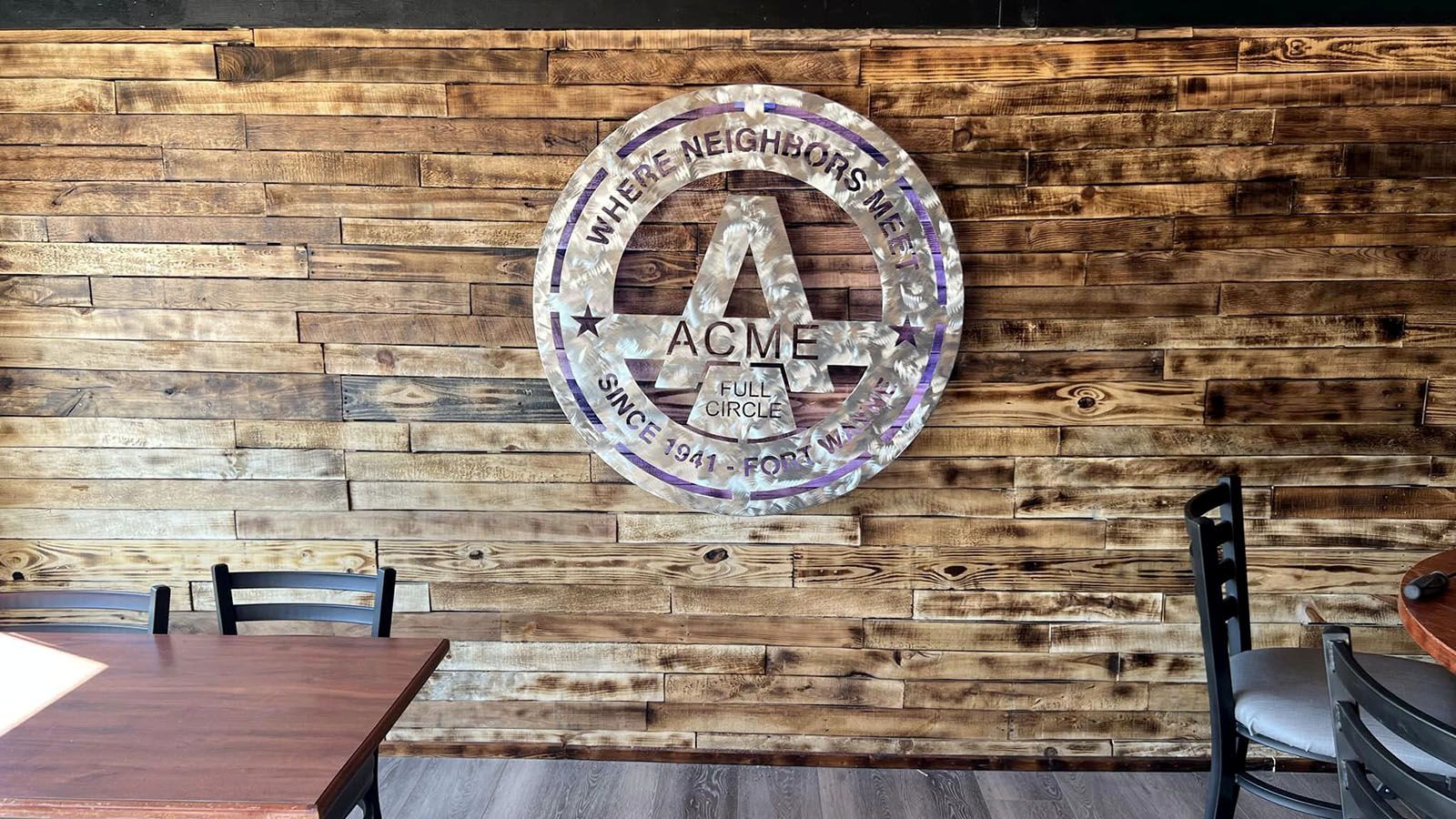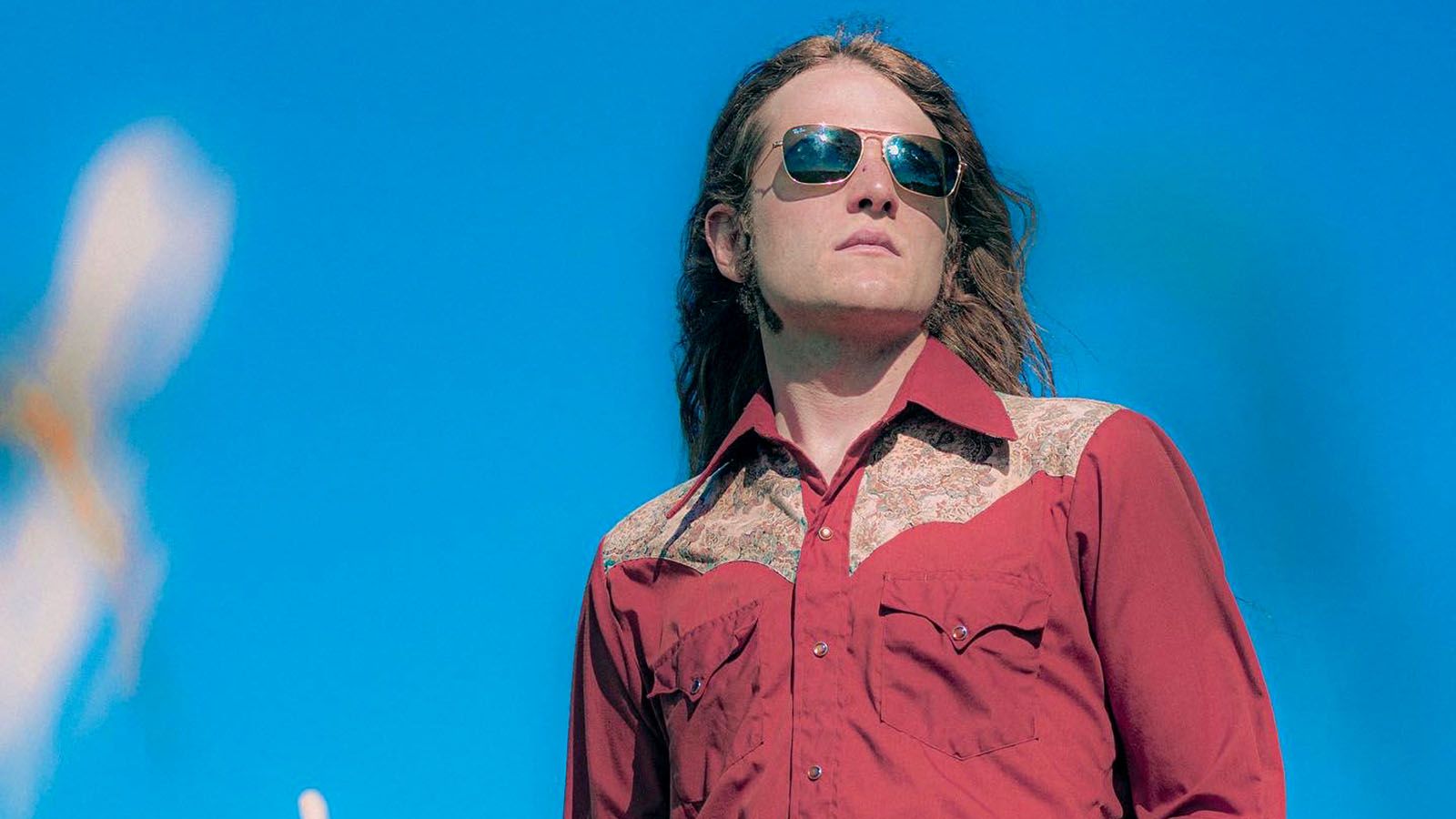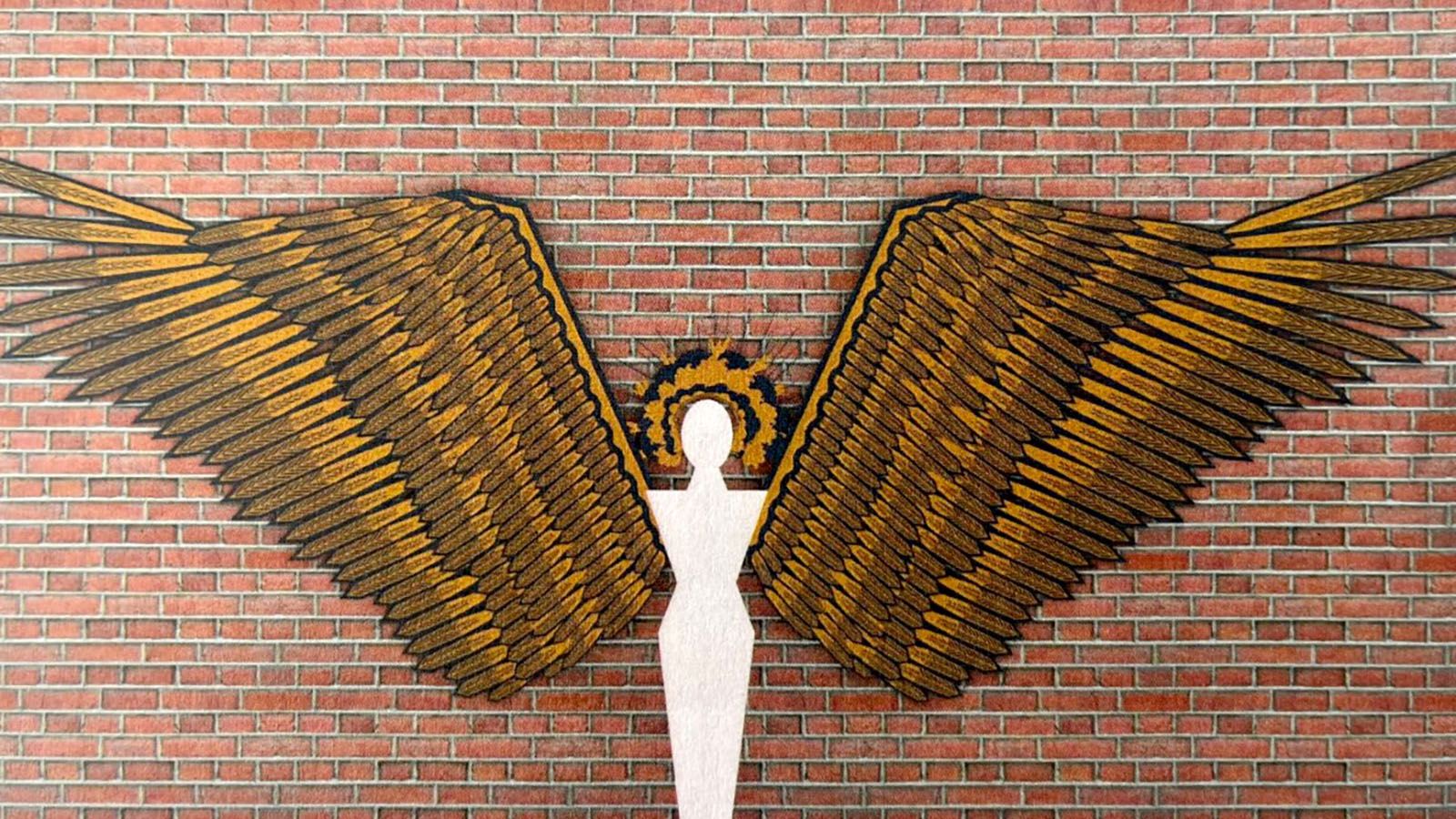The late French visual artist Henri Matisse once said, “Don’t wait for inspiration. It comes while one is working.” It’s a mantra storied guitarist Joe Satriani fiercely embraced as he weathered the pandemic with the rest of the world.
While his creativity allowed him to pursue a lifelong love of painting (more on that later), it also fueled the creation of The Elephants of Mars, the Long Island native’s 19th studio outing and the first one he recorded entirely remotely.
Satriani will be playing the songs from that album, and from his extensive catalog, when he visits the Honeywell Center in Wabash on Saturday, Oct. 15.
pushing limits during downtime
Satriani’s initial intent was to create “two loose albums,” one instrumental and one structured around vocal material that he’d give away for free. The extended and seemingly unending downtime fueled by COVID-19 inspired a creative self-challenge.
“Last year, I found myself saying that I had no excuses (not to record),” he said. “People are dying, and I’m sitting here and I’m fine. And if I come up with an excuse to not make music for people that want to hear it, that’s really bad. I wrote it all down: write better songs, play better guitar, get better sounds, get better arrangements.
“So I reached out to my friend Eric Caudieux and said we should make an album, and I wasn’t going to settle for less,” Satriani said. “I told him I needed him to push me as well if he thought I needed to play something again or write something better. I told him I needed him to do that, and we shouldn’t hold back. We weren’t going to worry about any other parameter in the entertainment world that we used to imagine was stopping us from applying ourselves.”
Recording remotely
Along with keyboardist Caudieux, Satriani wrangled bassist/engineer Bryan Beller and former John Mellencamp/John Fogerty drummer Kenny Aronoff, who makes his second consecutive tour of duty on the heels of 2020’s Shapeshifting.
Making his debut with Satriani was keyboardist Rai Thistlethwayte, beaming in from the Down Under locales of Australia and Tasmania.
While working from different locales proved intriguing, working unfettered from time and monetary constraints gave Satriani and his band a unique and treasured recording experience.
“We were sending each other files and it was a bit awkward at first,” Satriani said. “The benefit of doing this was I was able to tell people to give me their best, most creative approach to their performance and don’t worry about the timing because we don’t have a schedule. … I think that everyone was able to really give something that was really unique to each song, and I’m so grateful that they did that for me.”
Venturing into Visual art
And while he was navigating this brave new world of remote recording, another passion Satriani was able to pursue was putting paint to canvas.
“I’d been drawing ever since I was a young kid,” he recalled. “As I started to work in the music world, I started to apply some of that stuff to make guitar straps, picks and designs for albums and CDs. I got to a point where I turned to my wife, who also has a degree in art, and said that I didn’t want to touch the computer. I wanted to learn how to get the stuff on the canvas, but I didn’t know the first thing about it anymore. So she educated me in what you have to do to a canvas, which paints do what, brushes I needed, and what other things I could use to start painting.”
Shortly after being invited to work with Cory Danzinger and Ravi Dosaj from the SceneFour Art Collective in Los Angeles on another project, Satriani showed his original works to the duo. The pair were impressed enough to introduce him to Christian O’Mahony, owner of the Wentworth Gallery chain. After meeting with O’Mahony and his team, Satriani was commissioned to create works of art on both canvas and on real guitars.
“It’s been really wild, just being able to do all kinds of subjects and given the opportunity to make something and have it get to the market,” he said.
For now, returning to the road is his priority.
“For this tour, there will be plenty of room where we’ll be able to play old favorites along with new, unexpected tracks that we haven’t played before,” he said. “I always give a lot of room for the other players in the band to show their stuff and make it really interesting musically. We connect with the audience and put on a good visual show as well.”




